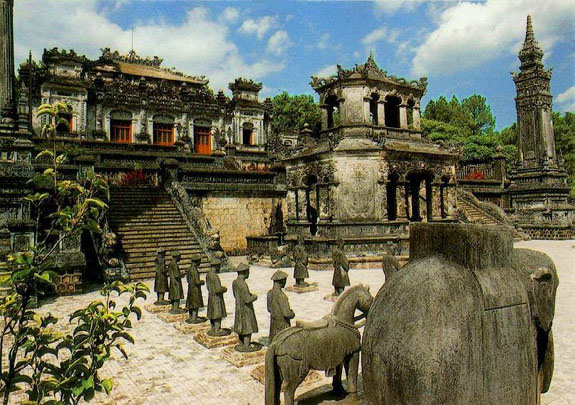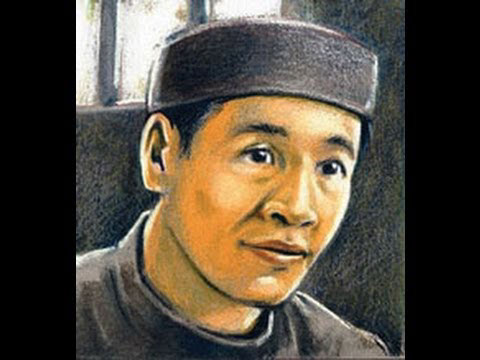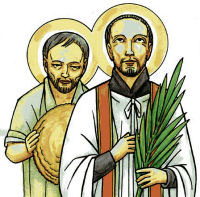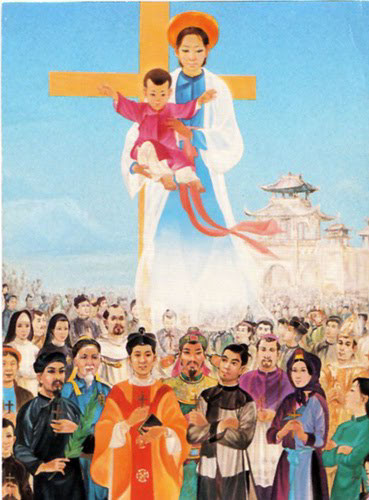40 Days - 40 Ways to Mercy - 2nd Week of Lent Spiritual Works of Mercy - Instruct the Ignorant
Join with others in being imitators of me, brothers and sisters, and observe those who thus conduct themselves according to the model you have in us. For many, as I have often told you and now tell you even in tears, conduct themselves as enemies of the cross of Christ.
Brothers and sisters: Our citizenship is in heaven, and from it we also await a savior, the Lord Jesus Christ...Therefore, my brothers and sisters, whom I love and long for, my joy and crown, in this way stand firm in the Lord. Philippians 3:20 - 4:1
To "enlighten" means to give intellectual or spiritual light to; to illuminate; to teach. This enlightenment is more than just a thought or idea. It is a spark that comes into our minds through the Word of God that soon creates a flame that will burn in our hearts. It is a fire that will burn without consuming what it burns. It is a beacon that must be seen by others so they can find their way through the darkness. It is a torch that the darkness can never overcome.
Light and the reference to light is completely woven into the language of the gospels and the rites and liturgies of the Church. As infants we are brought into the church by our godparents and given a Baptismal candle with the words, "Receive the light of Christ." At our death we are brought into the church for the last time and there the light of Christ in the Easter candle stands before our earthly remains. What we do with this light between those times is up to us.
Saint Andrew Dung Lac was a catechist and priest who lived in the country of Vietnam around the year 1832.
His martyrdom is recorded along with at least 117 companions in a terrible persecution.

Christian missionaries first brought the Catholic faith to Vietnam during the 16th century. The first two apostolic vicariates were established in 1659. The traditional Vietnamese religion is Buddhism, mixed with elements of Taoism, Confucianism and the cult of ancestors. When Christianity came with missionaries early in the 16th century, it was seen as a foreign element and during the following three centuries (1625-1886) became the object of persecution
In 1832 the emperor Minh-Mang banned all foreign missionaries and ordered Vietnamese Christians to renounce Christianity by trampling on a crucifix. Churches were to be destroyed and teaching Christianity forbidden. Many suffered death or extreme hardship.
Imprisoned bishops, some not even 30 years old, were given a piece of bamboo as crozier and a paper mitre, while older priests were put on display in cages to be publicly mocked. Occasionally, this practice brought about the opposite effect. Poor peasants were systematically murdered for refusing to trample on a crucifix. Some of the tortures were quite barbaric and the persecutions have been compared with those of ancient Rome

Andrew was born about 1795 into a poor family in Bac-Ninh in north Vietnam. At the age of 12 the family was forced to move to Hanoi where his parents could find work. While there, Andrew met a Christian catechist who gave him food and shelter. He was also instructed in the Christian faith for three years before being baptised in Vinh-Tri and given the Christian name of Andrew.
After learning Chinese and Latin he became a catechist. He was then picked out to study theology and on 15 March 1823 was ordained priest. As parish priest in Ke-Dâm he was an tireless preacher. He frequently fasted and lived a very simple life. His good example led many to become Christians.

The persecutions continued. Christians were marked on their faces with the words "ta dao" meaning false religion. Husbands were separated from their wives, and children from their parents. Christian villages were destroyed and their possessions distributed.
Théophane Venard was a French schoolmaster’s son who became a missionary during the time of the persecutions. He wrote letters back to France about the tribulations. These letters inspired the young Theresa of Lisieux to volunteer for the Carmelite convent at Hanoi. But, because of her tuberculosis, she was not able to go. In 1865 Vénard’s decapitated body was brought back to his society’s church in Paris. With 19 other martyrs from this area he was beatified in 1909.

Of the thousands of people martyred during the persecutions, there is documentation of Andrew and 117 others killed in one province. 96 of them were Vietnamese and 21 foreign missionaries. Of the Vietnamese, 37 were priests and 59 lay people, among whom were catechists and members of third orders, one woman, a mother of six and even children.
On November 24, 1960 Pope John XXIII established the catholic hierarchy in Vietnam. Today there are about 6 million Catholics, around 10 percent of the population – all the fruits of martyrs’ blood.